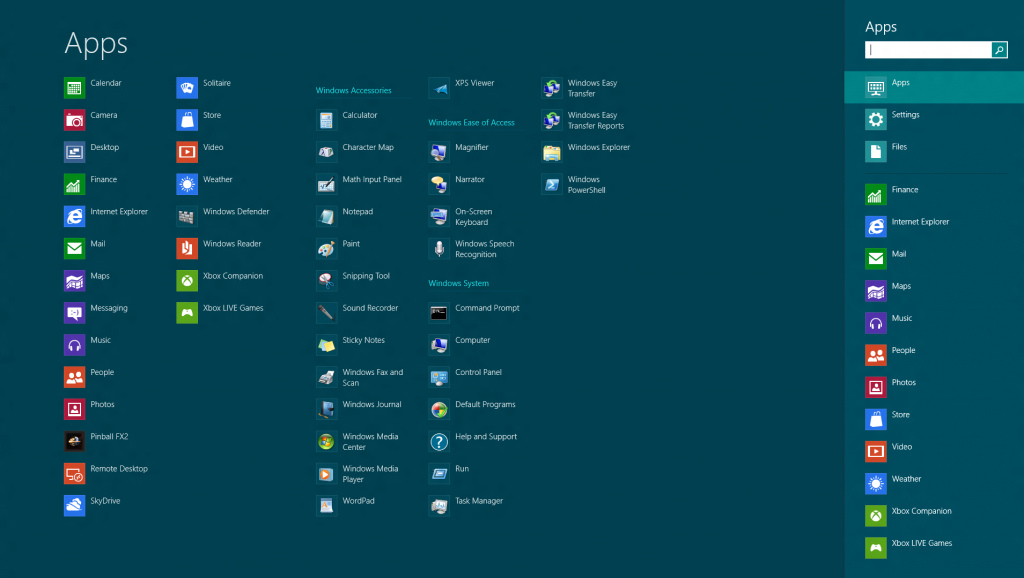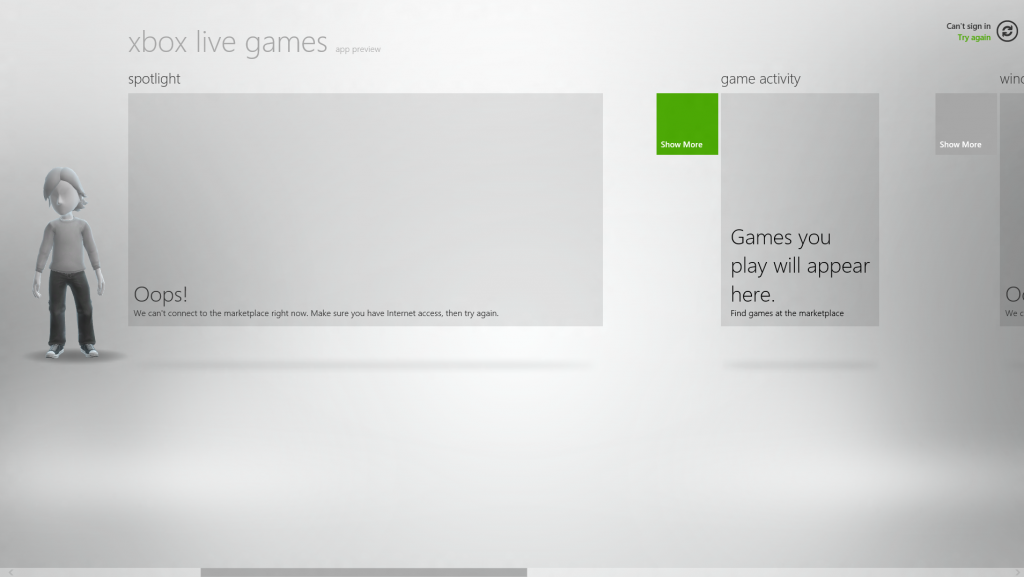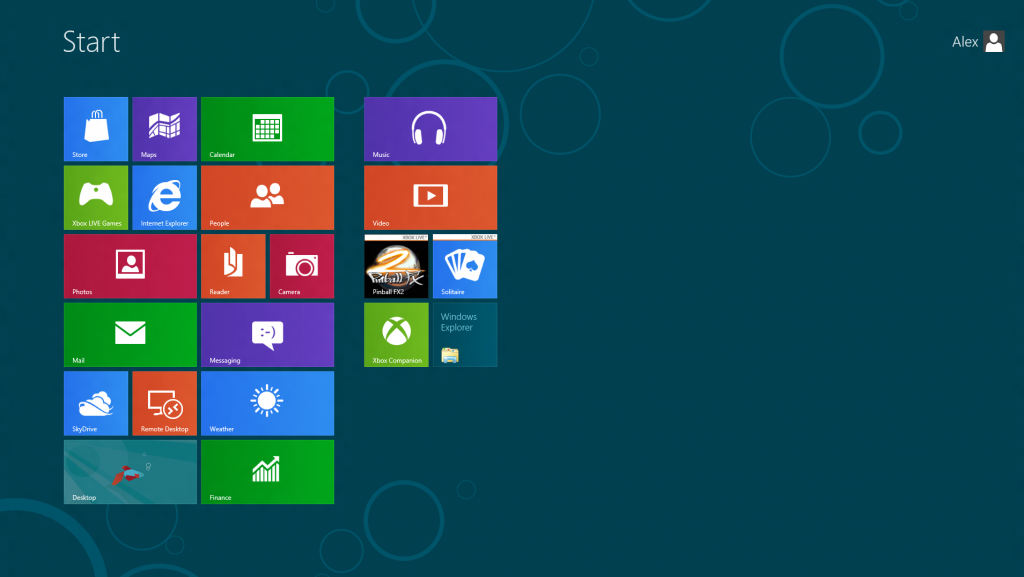The latest iteration of Windows is getting closer and closer to release, in what is sure to be a marquee moment for the technology industry. We go hands on with the latest version of the consumer preview and let you know what to expect when Windows 8 makes it to the shelves. In this section, we go indepth with Metro, looking at Metro apps, Metro for touch and how we see things playing out for traditional desktop users.
From reading part 1, you’ll be familiar with Windows Metro. It’s the starting point for everything on your computer, a way of radically reinventing the start menu to make Windows 8 equally accessible on both traditional and tablet computers. Both traditional and Metro apps are accessible form the Metro screen.
Because this copy of Windows 8 is a preview only, not a finished product, a little bit of reading between the lines is required. Thus far, there’s a very limited number of apps and none from third parties. There’s a few simple games, a calendar, email, messenger and a few others. Interestingly, there’s also an XBOX360 app, which is certainly something to keep an eye on.
The email app is very well designed. It’s nicely laid out and easy to operate, but seems rather pointless on a desktop. It seems rather redundant having apps that are clearly designed for simplicity and quickness (read: tablet) present on a desktop PC, when a fully-fledged email client can be accessed just as easily. The same seems true for the other included metro apps – they were nicely designed, but overly simplistic for people using desktops. I imagine the same will run true for the obvious third party apps likely to be available upon release – Facebook, Twitter etc.
The exception with the included apps was the Calendar application, which was reminiscent of Apple’s iCal. It was clean, simple and excellent.
Whilst Metro and the traditional Windows desktop are supposed to run in harmony, it’s hard to imagine desktop users utilizing Metro to the best of its capabilities, whilst the opposite is probably true for tablet users. The tipping point for success with Metro Apps on desktops will be users desire to sacrifice functionality for simplicity, whilst the quality of applications developed for outside of Metro will determine success on tablets.






